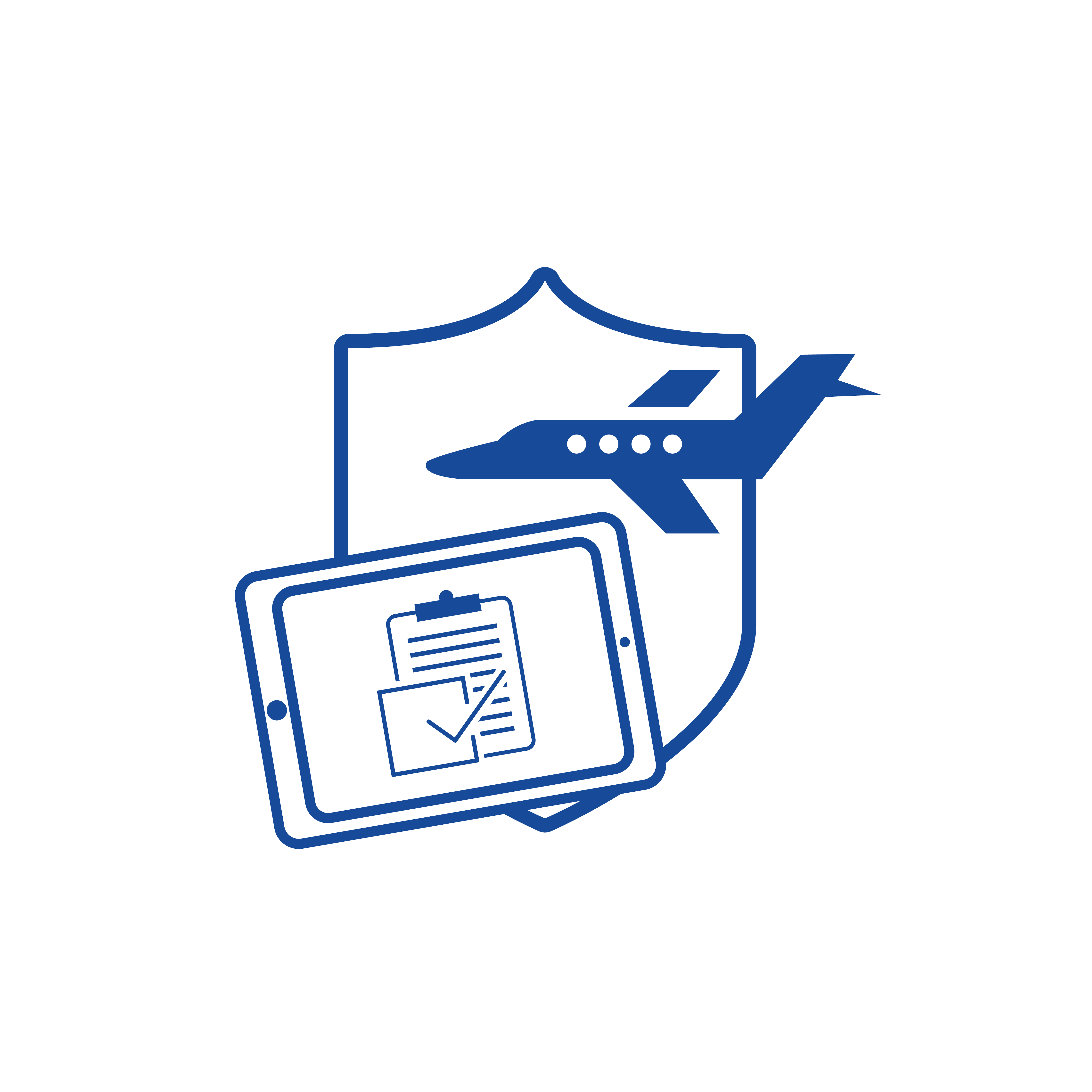In the first two parts of this series, we recommended using this time to update your Emergency Response Plans, and refreshing or creating manuals you might not have yet. Our third recommendation is to not just move your manuals to a digital platform, but to start taking full advantage of all the benefits of a full digital SMS.

Tag: SMS
Top 5 Reasons SMS Isn’t a Lot of Work
A Safety Management System (SMS) doesn’t need to be complex. It’s ultimately about providing tools and processes to increase risk awareness, and to help create a safety culture. These five examples demonstrate why and how SMS can be simple.
5 Things You Should Do at the End of The Year
With the new year swiftly approaching, it’s time to review how up to date your department’s operations and safety management are. Here are 5 key items to consider when going through your end-of-year to-do list.
1. Take stock of what you have and how old it is
- Are your manuals up to date?
Aviation is a dynamic industry requiring continual improvement. This means regulators and organizations often need to change and update guidance every year. It’s a good time to check if your manuals are still up to date in the areas of regulation, accepted standards, and best practices. If you don’t have an automatic update subscription, you will want to make a list of all the year’s changes and incorporate the applicable items into each of your manuals. You will want to review revisions from the FAA, ICAO, industry best practices, and country-specific regulatory authorities.
- Review your ERP
An outdated Emergency Response Plan (ERP) is of no help in an emergency. Track any personnel, facility, and operational changes that have occurred and make sure they’re reflected in your ERP. Role changes, additional personnel, updates and modifications to facilities, and changes or expansions in flight operations will all affect your ERP procedures. Your ERP should be reviewed at least on an annual basis – you can read more about keeping your ERP up to date here.
- Get a customized MEL versus an MMEL
Although the U.S. allows Part 91 operators to use a Master Minimum Equipment List (MMEL) as an MEL, if you travel internationally, especially to areas of Europe, having a customized Minimum Equipment List (MEL) LOA for your aircraft will ensure that you don’t run into any issues with overseas authorities. In addition, an MEL is more concise and in general easier to use than an MMEL. If you haven’t made the transition yet, now is a great the time.

2. Check your LOAs
- Are your LOAs current? Especially your Data Link A056 LOA.
LOAs don’t usually expire, but they do need to be updated from time to time. Take stock of your LOAs and check that they’re still valid for the coming year and whether you need any new ones for new aircraft, updated avionics installations, or new types of operations. Be sure to check your A056 LOA, as it’s been updated numerous times by the FAA in 2018, and your version might not be the most recent one. You can read about the most recent requirements here.
- LOA and aircraft planning
If you’re planning on purchasing a new aircraft next year, keep track of the LOAs you might require – it could take anywhere between one to six months to get your LOA approved, so be sure to insert that timeline into your planning. Sometimes FSDOs will allow submissions of LOA applications prior to completion of the aircraft transition so that you can start to reduce the time that it takes to get the aircraft operational.
- Review upcoming mandates
Although certain mandates are still a while away (like the ADS-B mandate set for January 1, 2020), don’t wait until the last minute to get your LOA. As the deadline approaches more and more operators will be applying for the authorization, which may cause the FAA’s approval timeline to increase. It’s best to beat the crowd and get approved now.
- Don’t forget your procedures that support your LOA
Most operators keep their associated procedures in an RVSM Operations Manual or International Procedures Manual. When applying for a new LOA, the FAA may expect to see that this manual is up to date with the latest guidance, so keep that in mind when planning your to-do’s and timeline.

3. Conduct an internal audit
An audit can either be a fully detailed process of your entire organization and all manuals or a spot-check of your operation. You want to ensure that the procedures outlined in your manuals are actually being followed. If you find areas where this is not the case, you need to uncover the specific reasons why and implement corrective actions accordingly. Keep in mind that there may be times where procedures are not being followed as the result of changes to your operation that make the procedure redundant. In these cases, they should either be updated or removed from your manuals.

4. Review what your SMS is telling you
- Are you getting the most out of your SMS?
Have you been using your Safety Management System (SMS)? Review the information that has been entered into your system including reports, risk assessments, and safety profiles. Ideally your entire organization should participate in safety, so check to see if your contributors represent all areas of your operation and not just pilots or top-level management.
- Reviewing data and trends
With a year’s worth of data, now is a good time to analyze it. See if you recognize any trends, both negative and positive. If you’ve spotted anomalies, try to figure out how and why these happened. Once you have determined root causes you can implement corrective actions for things trending in the wrong direction and keep doing what you’re doing for those headed in the right direction.
- Check your safety goals
Now’s a good time to check how far along you are in your safety goals and to review goal setting for next year. Have you achieved what you planned? Are there certain things you want to focus on in the new year? Consider what roadblocks you ran into this year or what elements helped you along so you can work these into your plan for next year. If you want to know more about setting safety goals, we’ve got you covered.
- Conduct a safety culture survey?
In order to keep a pulse on the organization, you should consider conducting an anonymous safety culture survey for your department every year. This way, you can get an honest opinion from everyone about their feelings toward the state of your safety program. You can then plan training and meetings for the next year to tweak the current procedures or communications regarding your SMS.

5. Think about going digital
Now might be the right time to think about putting a digital system in place to help streamline your entire SMS process. Consider the effort involved in reviewing paper based SMS data, conducting internal audits, and administering surveys. A digital system can allow you to do all of these with the simple click of a button. Additionally, an SMS app can boost engagement as users can simply fill in their reports through the app when on duty or right when the event occurs rather than hours later.

By considering the above list, you can ensure you’ve thoroughly reviewed all the hard work you did this year as well as actually utilized the data you took the time to collect. You will be prepared for the new year and may find you already have a head start on a number of new year’s resolutions.
The team at AviationManuals wishes you a happy holiday season – please be sure to contact us if you have any questions. We’re always happy to help review your manuals or provide you with more information on ARC, our digital SMS platform and app.
Four SMS Trends to Watch for in 2018
Flight operations are ever more in need of advanced aviation Safety Management System (SMS) solutions to ensure a standardized approach to not just safety management, but to the entire range of critical organizational structures, accountabilities, and policies and procedures. As SMS technology and best practices continue to evolve and become more efficient, we have pinpointed four important SMS trends to keep up with.